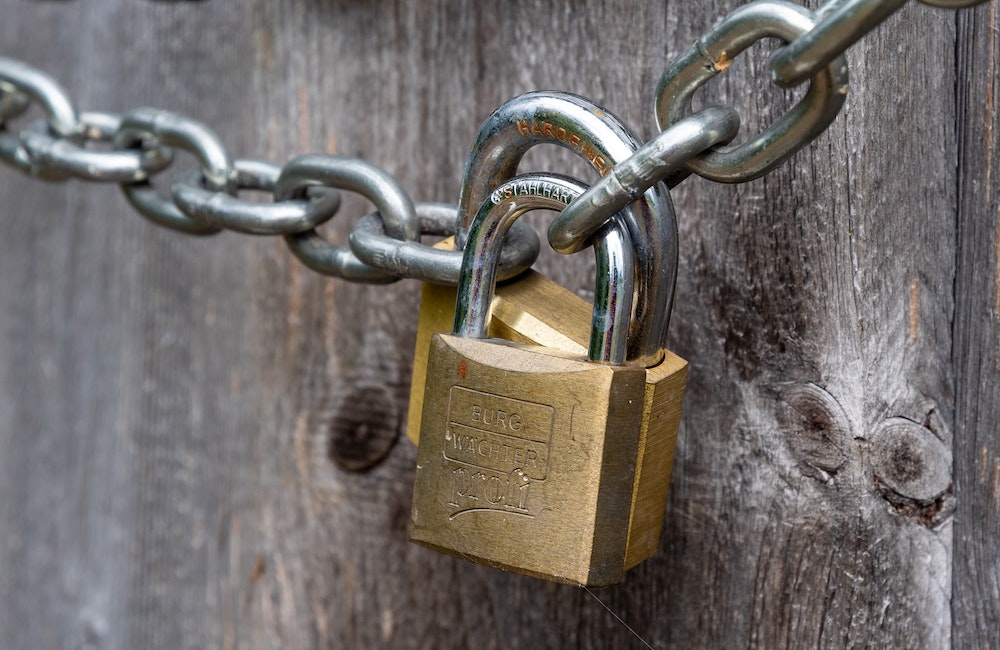Healthcare Simulation Escape Room Tips & Tricks | Part 1
The appeal of using escape rooms in healthcare education has exploded in recent years. There are books and articles published that include how-to guides as well as complete step-by-step instructions, and clinical simulation technology vendors (such as Laerdal, Sim2Grow, and others) have documents and resources readily available. Participating in one of the many commercial escape room experiences before embarking on the task of creating one, if you are able, can be vastly beneficial. This HealthySimulation.com article is the first in a three-part series that discusses space considerations as well as tips and tricks specifically for selecting and using various locks to create a successful escape room healthcare simulation experience.
Versatility
The wonder of escape rooms is that once puzzles, lock boxes, and questions are created, they can be used for just about any theme by simply changing the content. Having various lock types and props can support the creation of various questions, problems, and puzzles to reinforce learned content or even to introduce new ones.
Sponsored Content:
One escape room I recently created in my role as the simulation coordinator at the Holyoke Community College Center for Health Education and Simulation involved a code cart “tour.” During this experience, learners were required to explore the contents of each drawer in the cart, and assemble a laryngoscope, bristojets, and other supplies. This was meant to prepare learners for a future interdisciplinary code blue simulation that would be conducted that same semester. Learners enjoyed the unique nature of this orientation method.
Space Considerations
In many commercial escape rooms, participants travel among a few connected rooms to eventually complete the challenge and escape. In my experience, space is at a premium, and learners are generally restricted to one assigned classroom or lab area. Escape rooms can be quite labor intensive. If multiple rooms are being used, the time and labor involved in resetting the room must be considered. Read Part II here
Time and labor can easily become unwieldy when multiple resets are needed to get several learner groups through in a day. Using multiple rooms can be advantageous by duplicating the escape room identically, thus allowing different groups to complete the challenge without any reset time between. As each will use a different room, this is more costly but reduces labor on the day of the event.
Sponsored Content:
Allowing learners to begin in staggered groups is also an idea but requires multiple staff because someone needs to reset the first room’s puzzles and props for the next group. Meanwhile, a staff or faculty person needs to be available. This is especially true should learners who are already involved in a different room get stuck.
Relying on one person to watch and assist one group while also resetting in other rooms is unmanageable. For this reason, commercial escape rooms traditionally allow only one group at a time to complete the entire escape experience.
Lock Options
When purchasing locks, there are so many choices. There are combination locks that use letters and/or numbers. There are padlocks that use keys. There are also picture combination locks as well as simple, long-corded bicycle locks. Locks come in all sorts of colors, which is helpful when making a room map for ease of setup. Locks can be purchased from many department stores or online, individually or in bulk. The following are a few additional points to consider when purchasing locks:
Combination Locks
Combination locks using letters usually do not contain a full alphabet nor do the letters, when lined up in a row, always form a real word. If the intent is to solve clues to form a real word that would open the lock, research which locks has the letters you need. Most number and letter type locks only come in three, four, or five digits. Therefore the password to open the lock would have to be three, four, or five digits.
The package usually has a list of all the real words that can be made with that particular lock. The list can be helpful to develop a puzzle question using a password available on that lock. The packaging will contain instructions on how to set the combination as well. This information must be stored in a safe place or the lock will never be able to be changed for future puzzles. All locks do not work the same even if they appear similar. Equally important is keeping track of your passwords.
Key Locks
Key locks vary in durability and reliability. Inexpensive multi-pack luggage locks can work for a period of time but are not designed to be opened and closed repeatedly by multiple learners. I have purchased multi-packs that contain four identical locks that use identical keys. This helps when one gets misplaced or lost and when a lock stops working. I have recently found a multipack set that has individually colored locks with matching-colored keys.
While the keys are no longer interchangeable, multi-pack locks have helped with setup, to identify which lock goes where in the room, and also adds another opportunity for critical thinking and problem-solving. The learners discover that they must match the color of the key to the color of the lock. The price was higher but the quality and durability of these sets were much improved. Read Part II here
Applying Locks to Boxes and Cabinets
After deciding what type of locks to use, one must next determine how long the shackle on the lock needs to be, and how to best affix the lock to the box. I have been able to drill holes in very close proximity to each other on small plastic boxes so that small luggage-sized locks fit.
In other cases, zip ties can be affixed to both holes on a box or cabinet door handle when the shackle is too short. Simply affix the shackle to the zip ties. A note of caution, be sure the zip ties are not too long or learners might cheat and get the box or cabinet open without undoing the lock.
Further, holes must be large enough to accommodate the width of the shackle. Zip ties can mitigate that too. Recently, I have found combination locks with flexible steel woven shackles that are thin and long.
Some locks require the learner to push a button on the side to release the lock. Some have obvious marks showing where to line up the digit combination and some do not. In most of the rooms I have set up, I have many different types of locks which add interest and flexibility but also create a challenge.
If only one lock is different than all of the other locks in the room, learners can be thrown off and need more time. Orientating learners to the various locks in the room can be considered but the opportunity to problem solve in an unfamiliar situation can be a great stimulus for some team-based critical thinking.
In two articles to follow, Sherlin will review choosing boxes, bags, and containers as well as how to incorporate equipment such as the code cart mentioned earlier. Lessons learned, creating puzzles, and the use of black lights, mirrors, and QR codes will also be discussed.
Learn More About Escape Rooms, Including Puzzle and Clue Ideas
Disclaimer: Views expressed here are solely those of the author and do not represent those of any employer or organization.
Michelle Sherlin, RN, BSN, CHSE, is the full-time coordinator of the 18-bed simulation lab at the Holyoke Community College Center for Health Education and Simulation. She has patient simulation experience dating back to 2002 when she started healthcare simulation at a vocational school and progressed to implementing simulation activities for several area schools and health care facilities. Her background includes curriculum development at the high school and college levels. Sherlin has hosted patient simulation-related conferences and presented on a multitude of topics. She stays current in nursing practice by working as a staff nurse in the Emergency Department. Sherlin is a per diem educator for the same facility where she conducts patient simulation and teaches Advanced Cardiac Life Support. She also works for a community partnership at another local hospital. In that position, she implements a variety of programs to introduce students to various health care professions. She recently won the “Excellence in Clinical Simulation” award from Education Management Solutions.
Sponsored Content:




















